Intro
Boost health with fibre rich foods, including whole grains, fruits, and legumes, to support digestive health, healthy gut bacteria, and high fibre intake for a balanced diet.
The importance of fibre in our diets cannot be overstated. Fibre plays a crucial role in maintaining a healthy digestive system, promoting regular bowel movements, and supporting healthy blood sugar levels. Despite its numerous benefits, many of us fail to consume enough fibre-rich foods, leading to a range of health problems. In this article, we will delve into the world of fibre-rich foods, exploring their benefits, types, and ways to incorporate them into our daily diets.
A diet rich in fibre can have a significant impact on our overall health and wellbeing. Fibre helps to regulate bowel movements, preventing constipation and reducing the risk of haemorrhoids and diverticulitis. It also helps to lower cholesterol levels, reducing the risk of heart disease and stroke. Furthermore, fibre-rich foods tend to be more filling, making them an excellent choice for those trying to manage their weight. With so many benefits, it's no wonder that health experts recommend consuming at least 25-30 grams of fibre per day.
However, with so many foods available, it can be challenging to know where to start. Fortunately, there are many delicious and nutritious fibre-rich foods to choose from. From fruits and vegetables to whole grains and legumes, there are plenty of options to suit every taste and dietary requirement. In the following sections, we will explore the different types of fibre-rich foods, their benefits, and ways to incorporate them into our daily diets.
Fibre Rich Foods Benefits
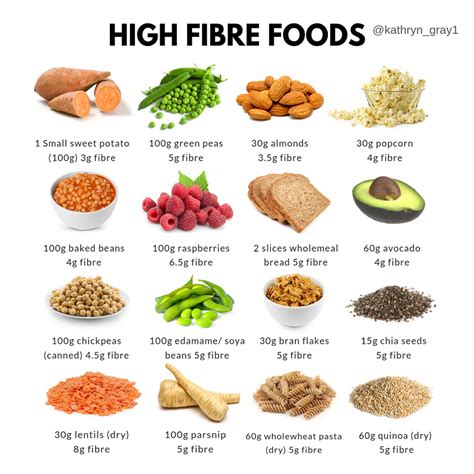
Types of Fibre Rich Foods
Fibre-rich foods can be broadly categorized into two types: soluble and insoluble fibre. Soluble fibre dissolves in water and forms a gel-like substance, helping to slow down digestion and keep us feeling fuller for longer. Insoluble fibre, on the other hand, does not dissolve in water and helps to add bulk to stool, promoting regular bowel movements. Some examples of soluble fibre-rich foods include: * Oats * Barley * Fruits such as apples and bananas * Legumes such as beans and lentils * Nuts and seeds such as almonds and chia seedsHigh Fibre Foods List
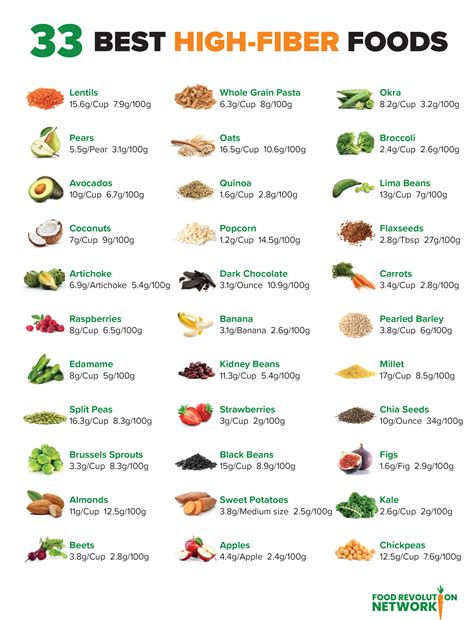
How to Increase Fibre Intake
Increasing our fibre intake can be easy and delicious. Here are some tips to help us get started: * Start the day with a high fibre breakfast, such as oatmeal with fruit and nuts * Incorporate more whole grains into our diets, such as brown rice and whole wheat bread * Snack on fruits and vegetables, such as apples and carrots * Add legumes to our meals, such as beans and lentils * Experiment with new recipes and flavours, such as stir-fries and curriesFibre Rich Foods for Weight Loss
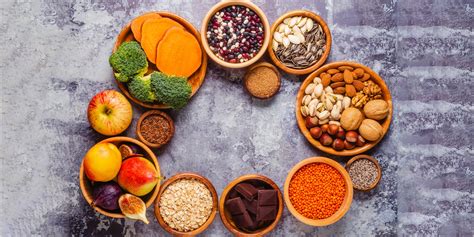
Fibre Rich Foods for Healthy Gut
A healthy gut is essential for our overall health and wellbeing. Fibre-rich foods can help support the growth of healthy gut bacteria, boosting our immune systems and reducing the risk of chronic diseases. Some examples of fibre-rich foods for a healthy gut include: * Fermented foods such as yogurt and sauerkraut * Prebiotic-rich foods such as asparagus and onions * Polyphenol-rich foods such as berries and green tea * Omega-3 rich foods such as salmon and flaxseeds * Probiotic-rich foods such as kefir and kombuchaFibre Rich Foods for Diabetes

Fibre Rich Foods for Heart Health
Fibre-rich foods can help support heart health by reducing cholesterol levels and lowering blood pressure. Some examples of fibre-rich foods for heart health include: * Oats * Barley * Fruits such as apples and bananas * Legumes such as beans and lentils * Nuts and seeds such as almonds and chia seedsFibre Rich Foods for Kids
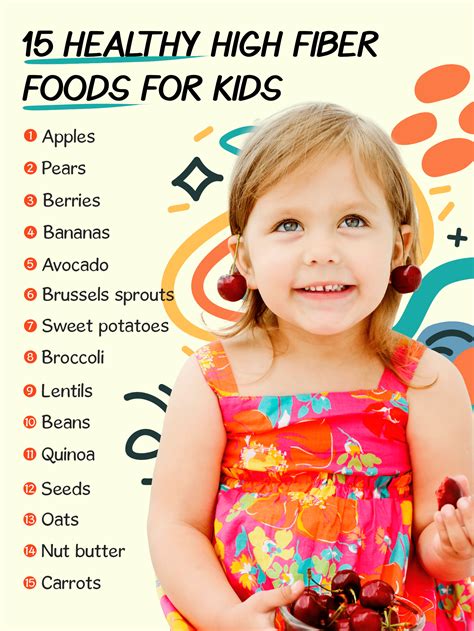
Fibre Rich Foods for Pregnancy
Fibre-rich foods can be an excellent addition to a pregnancy diet. They help to support healthy digestion, reduce the risk of constipation, and promote healthy weight gain. Some examples of fibre-rich foods for pregnancy include: * Whole grains such as brown rice and whole wheat bread * Legumes such as beans and lentils * Fruits such as apples and berries * Vegetables such as broccoli and carrots * Nuts and seeds such as almonds and chia seedsFibre Rich Foods for Athletes
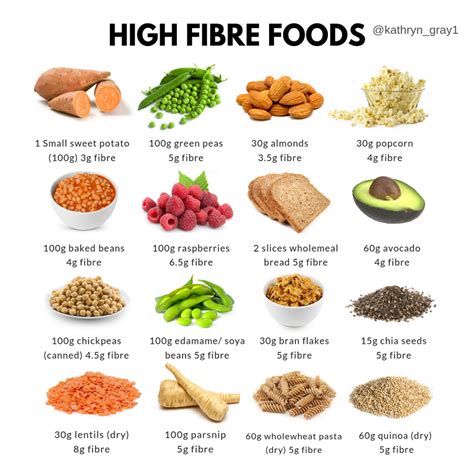
Fibre Rich Foods for Healthy Skin
Fibre-rich foods can help support healthy skin by providing essential nutrients and promoting healthy digestion. Some examples of fibre-rich foods for healthy skin include: * Fruits such as berries and citrus fruits * Vegetables such as leafy greens and bell peppers * Whole grains such as brown rice and quinoa * Legumes such as beans and lentils * Nuts and seeds such as almonds and flaxseedsFibre Rich Foods for Healthy Hair
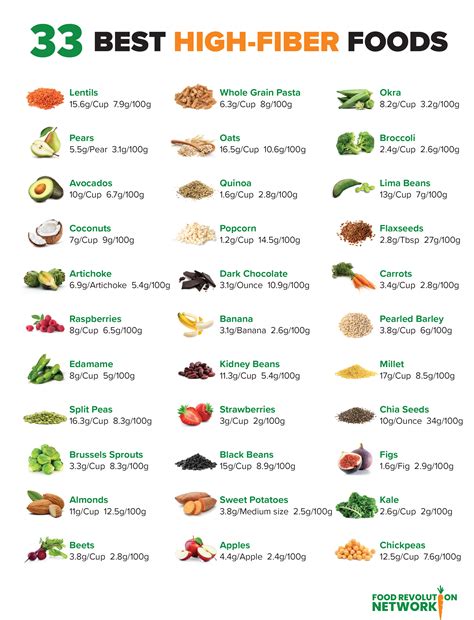
What are the benefits of fibre-rich foods?
+Fibre-rich foods offer a range of benefits, from promoting digestive health to supporting healthy weight management. They can help lower cholesterol levels, reduce the risk of heart disease, and support healthy blood sugar levels.
How much fibre should I consume per day?
+The recommended daily intake of fibre is at least 25-30 grams per day. However, the exact amount may vary depending on age, sex, and overall health.
What are some examples of high fibre foods?
+Some examples of high fibre foods include whole grains, legumes, fruits, vegetables, and nuts and seeds. Some specific examples include oats, barley, apples, bananas, broccoli, carrots, almonds, and chia seeds.
Can fibre-rich foods help with weight loss?
+Yes, fibre-rich foods can help with weight loss. They tend to be more filling, keeping us feeling fuller for longer and reducing the likelihood of overeating. Some examples of fibre-rich foods for weight loss include leafy green vegetables, cruciferous vegetables, fruits, legumes, and whole grains.
Are fibre-rich foods suitable for everyone?
+Fibre-rich foods are generally suitable for everyone, including children, pregnant women, and athletes. However, it's essential to introduce fibre-rich foods gradually and in moderation to allow the gut to adjust.
In conclusion, fibre-rich foods play a vital role in maintaining our overall health and wellbeing. With their numerous benefits, ranging from promoting digestive health to supporting healthy weight management, it's no wonder that health experts recommend consuming at least 25-30 grams of fibre per day. By incorporating a variety of fibre-rich foods into our diets, we can take the first step towards a healthier, happier us. So, go ahead and get creative with fibre-rich foods – your body will thank you! We encourage you to share your favourite fibre-rich food recipes, ask questions, and engage with our community to learn more about the benefits of fibre-rich foods.
